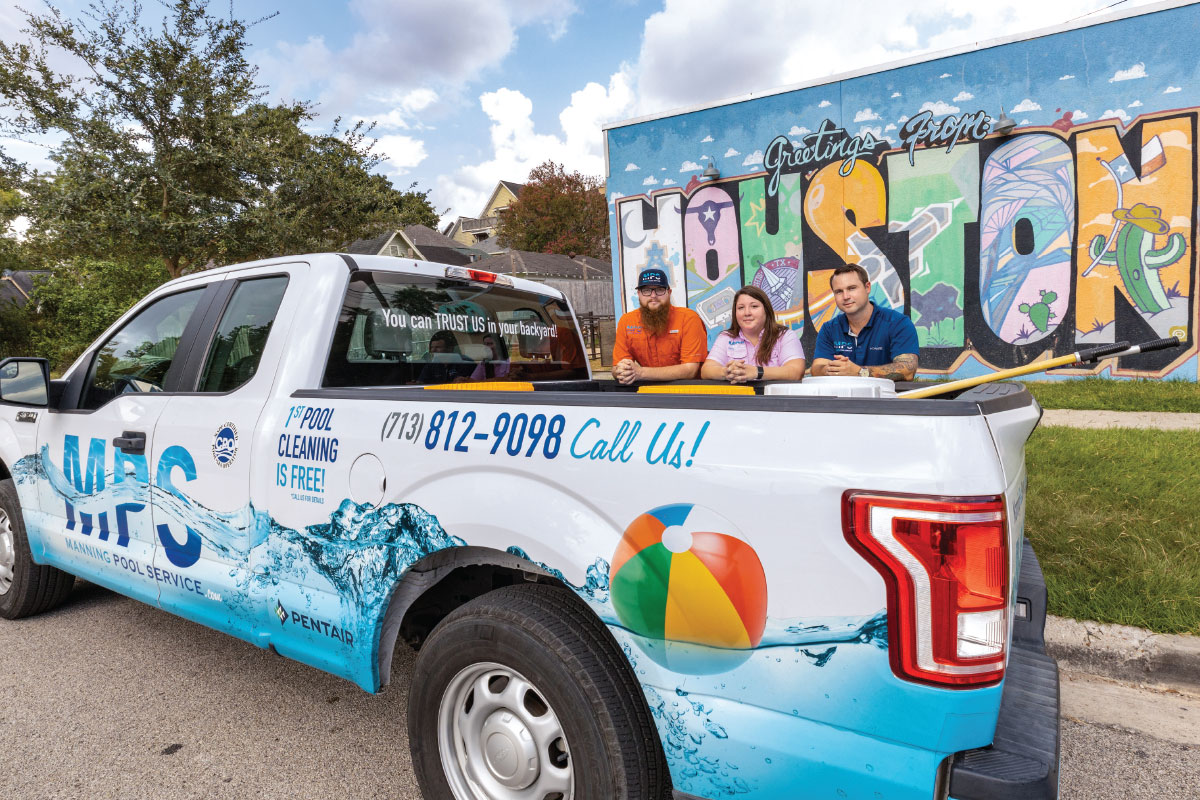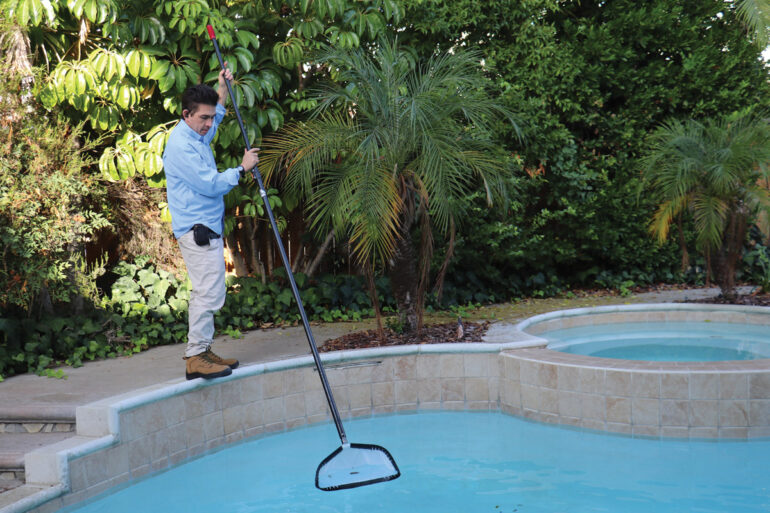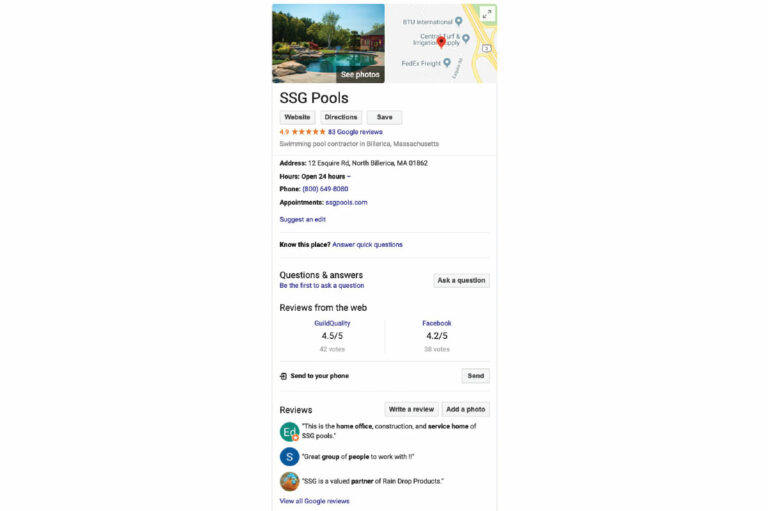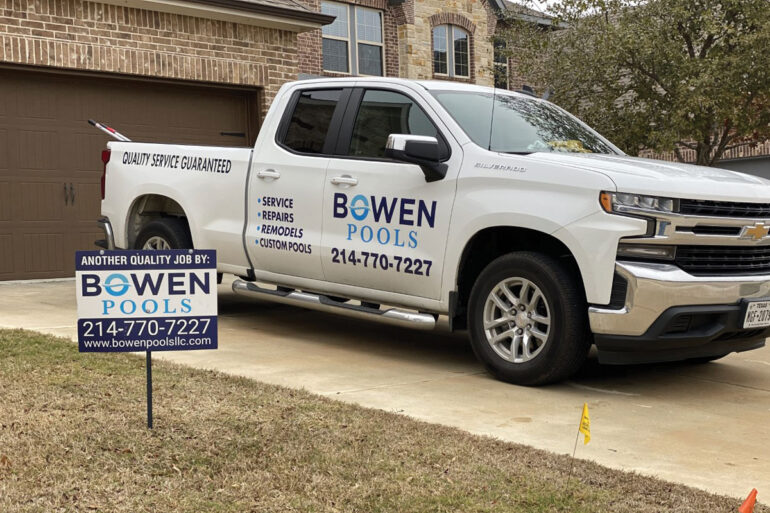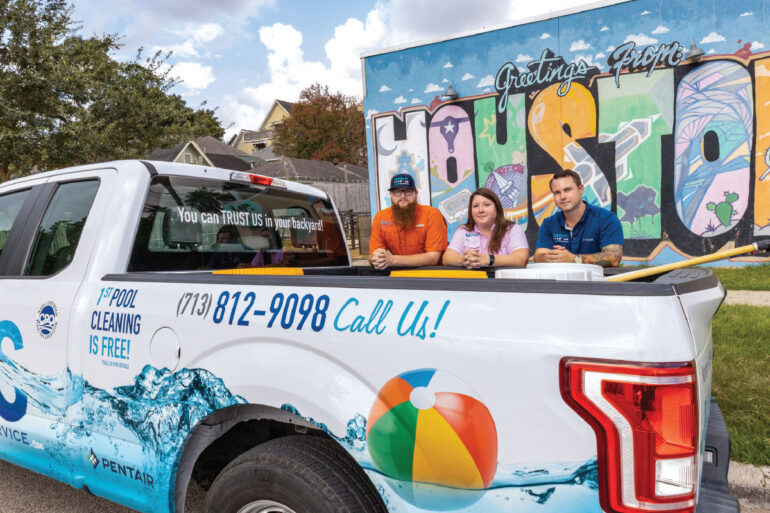Crazy for QR
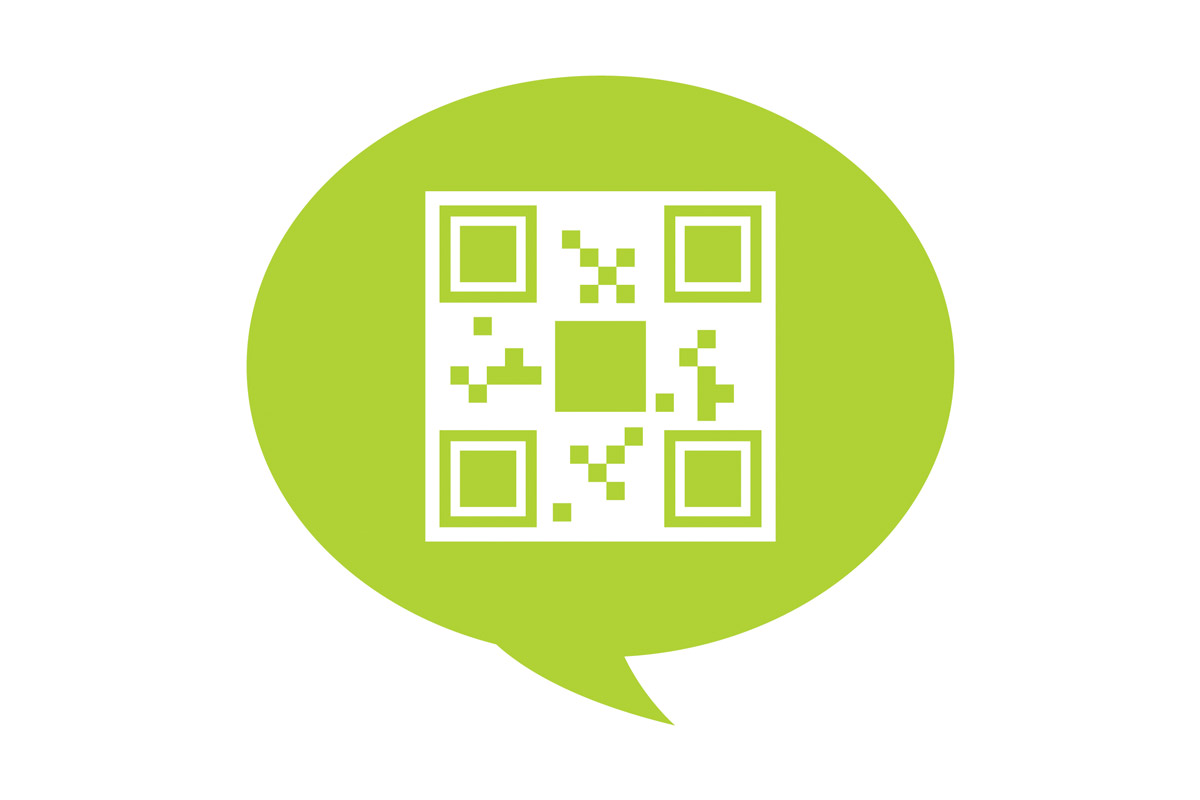
Those who’ve returned to restaurant dining since the pandemic have undoubtedly encountered a QR code, that tiny, square barcode that now serves as a menu. They are an unavoidable part of modern life, whether in restaurants, outdoor advertising, event ticketing or myriad spaces.
While the technology may seem trendy, the QR code has been around since 1994, when they were invented by Denso Wave, a Japanese automotive company looking for an improvement on traditional UPC barcodes. By the early 2010s, smartphone developers were designing phones that could scan QR codes with the phone’s camera. It took the pandemic, however, for QR codes to catch fire.
Today, the restaurant industry isn’t the only one taking advantage of the technology. Tech savvy businesses of all kinds use QR codes for a variety of purposes, and the pool industry is no exception. While useful, implementing QR technology is not without its challenges.
Ian Schatte, marketing director for Manning Pool Service in Houston, discovered this the hard way when he placed QR codes on service reports emailed to homeowners. The codes offered customers special promotions on the company website. Unfortunately, Schatte overlooked one important factor: “If you’re already looking at an email on your phone, it is hard to take a picture of the QR code using your phone,” Schatte says. “That might have been a mistake.”
Apparently, not an uncommon one, according to Rebecca Kowalewicz, vice president of Northeastern-based marketing firm Clearbridge Branding Agency, where she specializes in digital marketing techniques. For Kowalewicz, teaching business owners to properly utilize QR codes is half the battle.
“The important thing, especially for small businesses to realize, is that QR codes need to go on books, stickers, the back of cards, displays, receipts and business cards,” Kowalewicz says. “Do not put a QR code in your email signature, and don’t put it on your website.”
In short, QR codes are like the real-world equivalent of an online link, so if the customer is already online, a link will suffice.
Fortunately, Kowalewicz says, once a business owner understands that part, the technology becomes easy to use and best of all — free. There are countless websites and applications that generate QR codes without paying a dime. If you are looking for customized colors or tracking the number of scans a code receives, you may pay extra, but a tech savvy business owner can get around that too.
Once you understand how to make a QR code, the real challenge becomes deciding how to use it. “I hate to be cliché, but the possibilities are limitless,” Kowalewicz says. “It allows you to offer so much more, right down to product packaging. It expands your bandwidth as a brand.”
Some uses are obvious, such as directing customers to a website, while others require some creative thinking. For example, a pump manufacturer can embed a video link in a QR code to help the installer.
QR codes also give customers an easier way to subscribe to a mailing list, submit their phone number or even send an email. “There’s a lot of talk in the marketing industry about how Google and other companies are getting rid of third-party data,” Kowalewicz says. “That’s a struggle for every business.”
Due to these shifts to protect privacy, “first-party data” has become particularly valuable, including email addresses and phone numbers provided by a customer to a business. By allowing customers a faster and more convenient way to send this information, QR codes have become a powerful source for first-party data. Businesses can use that information to contact customers with additional promotions or to collect feedback about their experience.
Because QR codes work like an online link, set the codes to link to an address that can later be redirected. A business might use the code to send a customer to an informative video one week, and to a special online sale the next.
Kowalewicz believes it’s their ease of use that has made QR codes so ubiquitous today. Without having to type in an URL, download an app or fill out a form, the customer experience is greatly improved. As does putting the code in the right spot, as Schatte learned. “Make sure they’re in a position where the customer can easily scan them,” Schatte says. “I wouldn’t suggest putting it in an email.”
Five Ways to Use QR Codes
While the number of uses for QR codes might be limitless, here are five impactful ways to incorporate them into one’s business:
- Website and social media links to save the customer from typing.
- Embed a video to convey a lot of information in a short amount of time.
- Encode a vCard in business cards, saving paper.
- Collect an email or phone number for future marketing.
- Employee clock-in to help employees track their hours.

